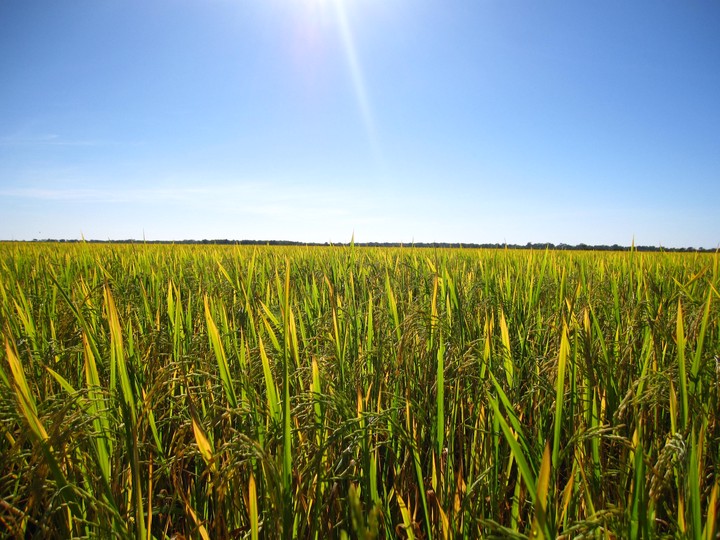Determination of the Water Potential Threshold at Which Rice Growth Is Impacted
 Image credit:(Andre FBR)
Image credit:(Andre FBR)
Abstract
Rice feeds 50% of the world’s population. Flooding is the most common irrigation system used for growing rice, a practice responsible for a large amount of water loss. Climate changes may affect water availability in irrigated agriculture, and it will be necessary to develop more sustainable irrigation practices. The aim of this work was to determine, in controlled conditions, the threshold when water potential begins to decrease plant growth. Two independent greenhouse experiments were conducted during middle summer and fall, in order to validate the results for high and low evapotranspiration conditions. Rice plants were grown in hydroponics and the water potential was adjusted with polyethylene glycol 6000, varying from −0.04 MPa (control) to −0.19 MPa. Leaf water potential, water use efficiency, leaf area, and root and shoot biomass were evaluated. All assayed parameters decreased as the water potential was decreased. The water potential threshold which starts to negatively affect rice growth was between −0.046 and −0.056 MPa, which are values close to those observed in the field in previous research. The definition of a critical value may help to improve water management in rice cultivation and to maintain productivity.